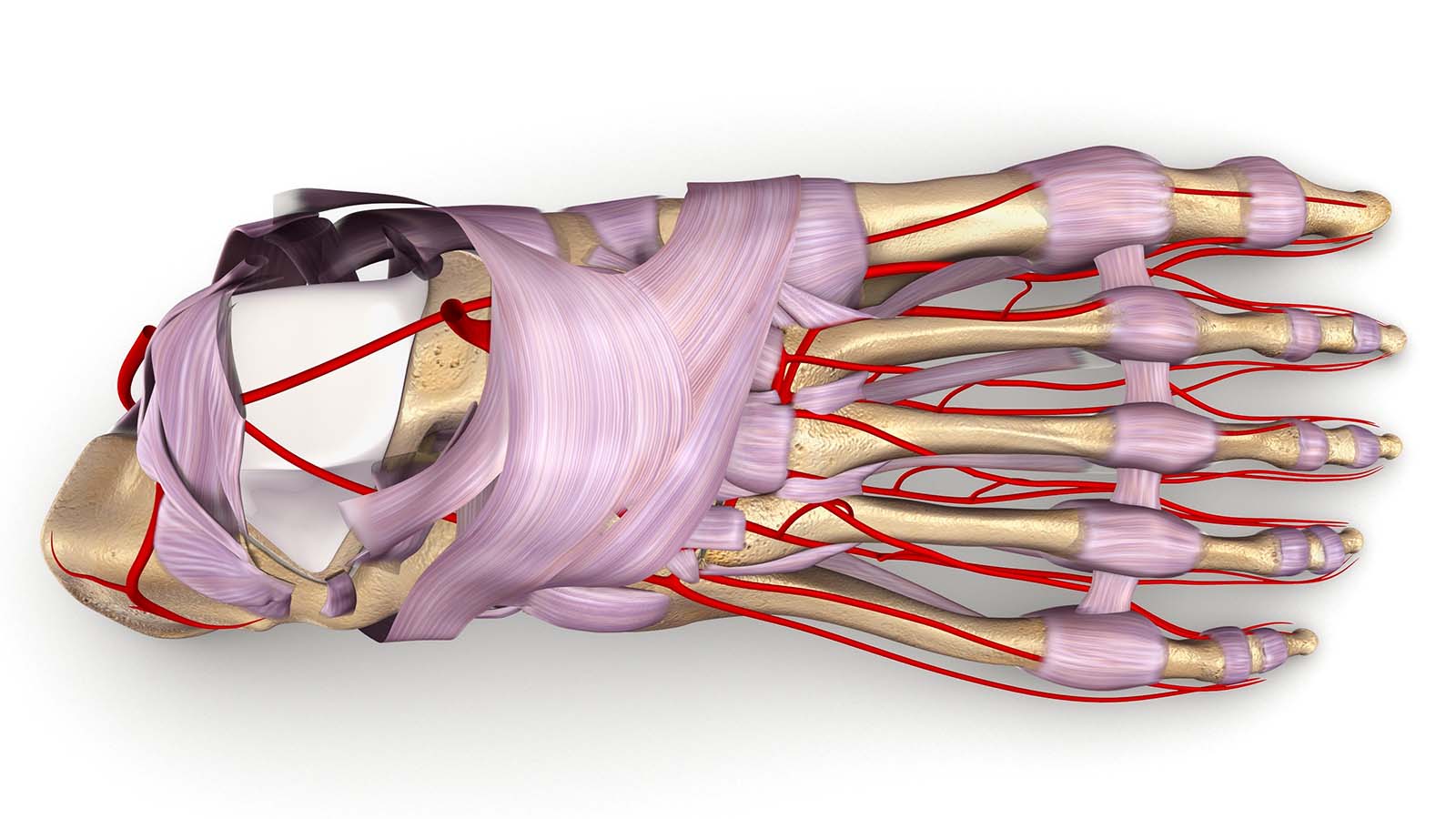This is a follow-up article on How to Care for Your Diabetes.
Extending Diabetes Care with Dr. Subherwal & dr. kim

We stared working with FASA early 2021. It's been a great experience. We are screening patients for significant lower extremity arterial disease (also called peripheral artery disease)--we screen patients to see if they have severe stenosis in their arteries.
An introduction to dr. kim
I am a board certified vascular surgeon and our practice focuses on the outpatient treatment of venous disease. That being said, we see patients for all vascular concerns. I see a large number of patients with unsightly, varicose veins, leg swelling and/or leg discomfort and am able to provide in-and-out minimally invasive vein treatments all performed in your Tumwater office!
I have been working with your providers since 2015 and started working out of your Tumwater office directly in 2019. I believe that Podiatry and Vascular are natural allies/partners for several reasons. First, podiatric care is dependent on healthy circulation. Poor circulation is often silent until its too late but the foot is one place where we can really see the effects of bad circulation. We try to improve the circulation so that your FASA surgeons can provide great podiatric care.
Secondly, we also aim for our patients to have great feeling, healthy legs, and to me, this all starts with the feet. They are the foundation so having great foot health is important for healthy legs.
Third, diabetes is very common in both the vascular and podiatric patient populations. It is a significant risk factor for atherosclerotic vascular disease and a leading cause of amputation. So, one of our paramount goals is to prevent limb loss.
meet dr. subherwal
I am an interventional cardiovascular specialist (I specialize in minimally invasive ways to open severe blockages). I work alongside a partner who is a vascular surgeon.
In terms of correlation between vascular surgery and podiatry, there is a major crossover. Podiatrists are usually the first providers patients see with ulcerations/wounds. They perform through examinations of the patients to determine the cause of the ulceration (whether it is due to arterial blockage, veins that are leaking, or pressure ulcers). If they are due to artery blockages, they usually refer the patients to vascular specialists like us. We work alongside podiatrist to optimize healing of wounds/ulcers and prevent need for amputations.
Patients with diabetes are at very high risk for developing peripheral artery disease as they get older, and as the diabetes becomes more severe (especially if they are current or former smokers). The diabetes slows down healing if there is ulceration/wounds on the feet. Furthermore, if there are severe blockages in the arteries, the healing is further slowed down, and patients are at higher risk for amputation.
We feel it is important for diabetics to see their podiatrist at least once a quarter. If there is a wound, then patients should see their podiatrist up to 2-3 times a week (the frequency of visits does depend on what stage of healing the patient is at). I see the podiatrist are the quarterback/coach. They are able to send patients to specialists like me to open blockages if they are severe, or send to infectious diseases specialist if patients need IV antibiotics, and endocrinologist/internists to manage diabetes to optimize healing.
We often see patients with severe artery blockages. Most of our patients have skin breakdown/ulcerations. We do also see patients that have leg pain with walking (claudication), thought this tends to be less frequent.
we are here to help
We aim to help ease pain and discomfort for those suffering from diabetes. We believe that foot care is important and that you don’t have to suffer.
If you’re a diabetic patient or a prediabetic patient in Washington, we have clinics for you. Visit us for a damage assessment so that we can develop a treatment plan for you.




